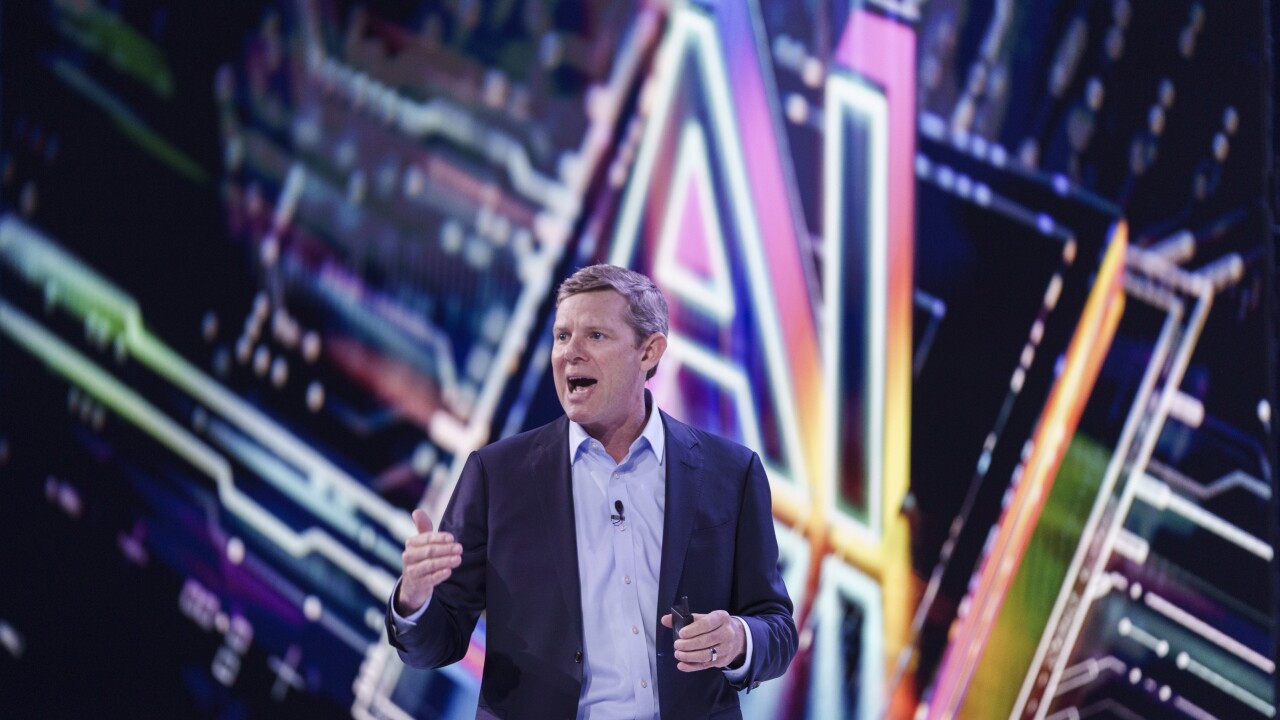Ripple built a brand by using cryptocurrency technology to speed international payments. As that concept becomes less novel, the firm is implementing ways to adapt its technology for everyday payments.
"Historically, we’ve been focused on tackling the trillion-dollar problem associated with cross-border payments but over time, and as the industry has become more mature, there has been more demand from our customers who need help preparing for a world where cryptocurrency is front and center," said Sendi Young, a London-based managing director of Ripple in Europe.
Ripple has been improving its product lineup through partnerships to create a platform that serves both cryptocurrency transactions and traditional payments. The latest addition is a partnership with Modulr, a London-based fintech that provides connections to payment messaging protocols in different countries, such as Faster Payments, Bacs, Chaps, Swift and SEPA.
The Modulr integration supports business-to-business, peer-to-peer and business-to-consumer payments across borders, with an initial focus on attracting partners in the Asia/Pacific, Middle East and Latin America regions.
"Our enterprise and banking customers have direct access to local payment rails, which allows our sending customers to experience a faster and more simplified payment experience," Young said.

Ripple in late 2021 updated RippleNet by adding a Liquidity Hub, a product that supports buying, selling and holding digital assets, aimed at enterprise partners in Ripple's blockchain network.
"Enterprises can easily and efficiently source a variety of assets from the broader crypto market," Young said. "You can think of Liquidity Hub as an aggregator akin to what Google Flights or Kayak does for travel."
Payment fintechs are increasingly using cryptocurrency trading to build account balances, which can then be converted to traditional currency for e-commerce payments or P2P transfers.
"Other payment networks like PayPal, Visa, Square and Mastercard, that are supporting crypto and digital asset payments already have connections with thousands or millions of merchants through third party services or directly," said Avivah Litan, a vice president and analyst at Gartner in Potomac, Maryland. "Ripple didn’t have these tentacles but is now gaining them."
The idea of a P2P payments network from Ripple that leverages an infrastructure such as Modulr’s to span several messaging protocols and support real-time payments in different regions is "very exciting," said Enrico Camerinelli, a strategic advisor at Aite-Noverica in Monza, Italy.
"But the devil is in the details," Camerinelli said. For example, there will need to be upgrades to make the mix of blockchain and traditional payment processing truly interoperable, Camerinelli sayd. "The feasibility of the concept of peer-to-peer payments running across multiple payments infrastructures must be clearly explained."
A key benefit to the new partnership is the use of blockchain, according to Young.
"Blockchain-based solutions are decentralized, which allows banks and other financial institutions to communicate payment information to each other, bi-directionally in real time," Young said. "This is a significant change to the correspondent banking system which was built before the internet to process cross-border payments. It's a model that no longer works for the modern world."
Ripple's work on payments technology comes as the firm is still battling the
Young also discussed Ripple's work on digitizing government currencies, an area of heavy competition. The
Ripple is collaborating with the Royal Monetary Authority of Bhutan to create a digital currency using Ripple's CBDC product, which is based on the public XRP Ledger, Young said. Other government partners include the Republic of Palau, which is working with Ripple on a potential government-backed stablecoin, slated for launch later in 2022. Ripple would provide the technical, business, design and policy support if the stablecoin launches.
"We're working in response to increasing
Ripple’s CBDC product manages security and scale that Young said comes from Ripple's management of other digital assets — more than 5,400 currencies have been issued by other parties and traded on the XRP ledger, using XRP's decentralized exchange, DEX. "That makes it easier to create, issue and manage assets including CBDCs," Young said.






